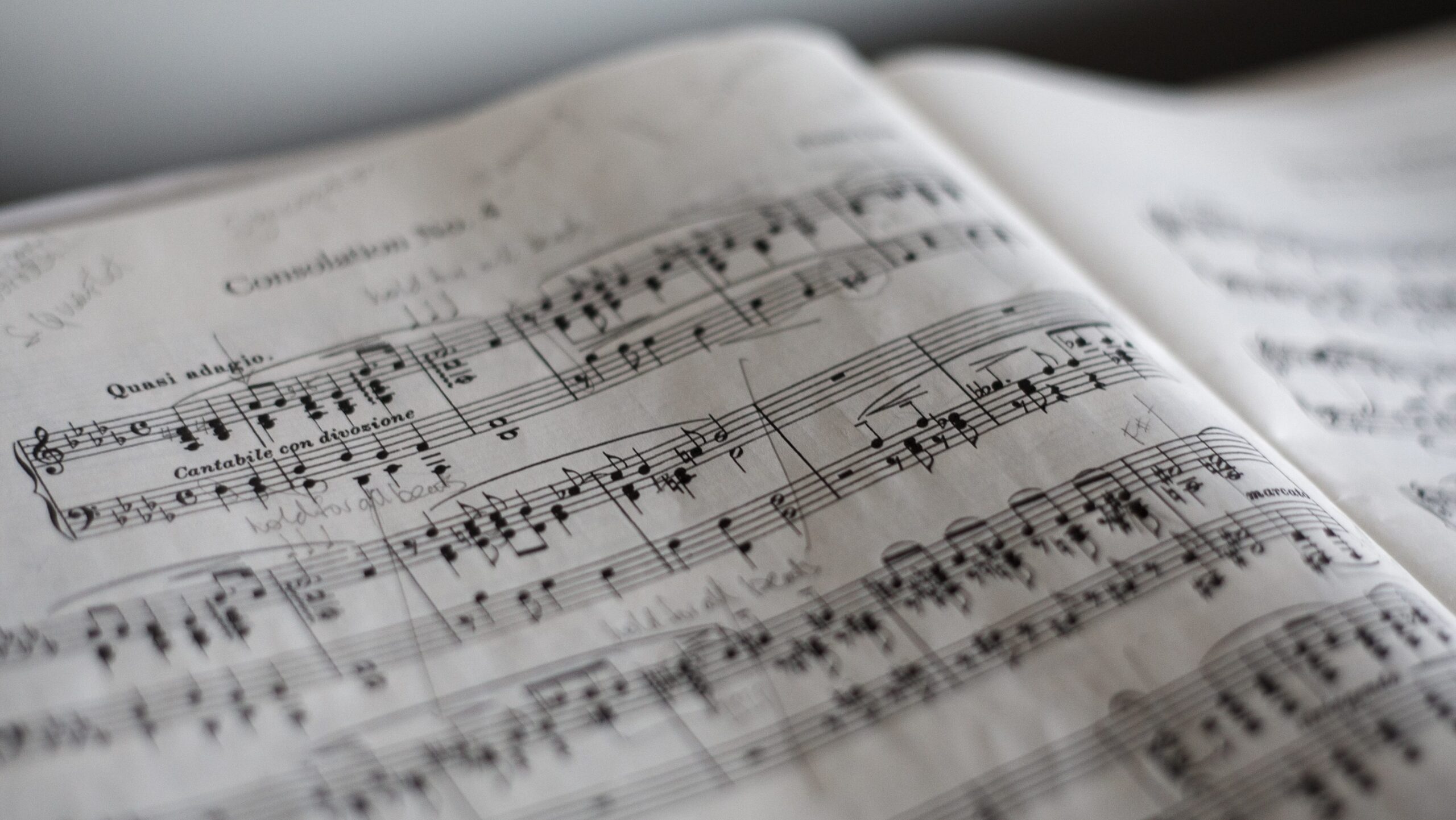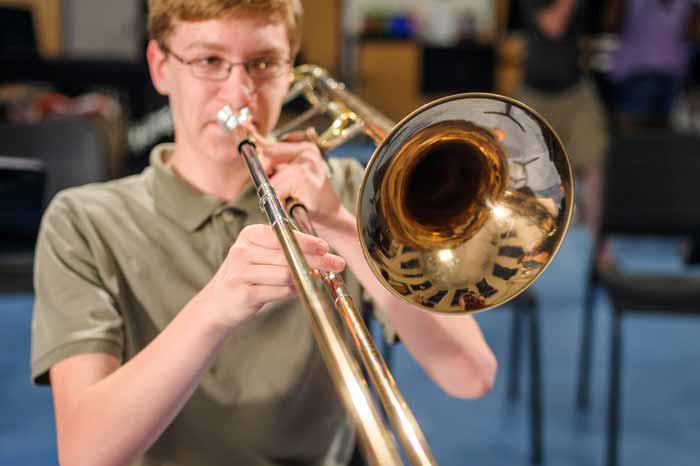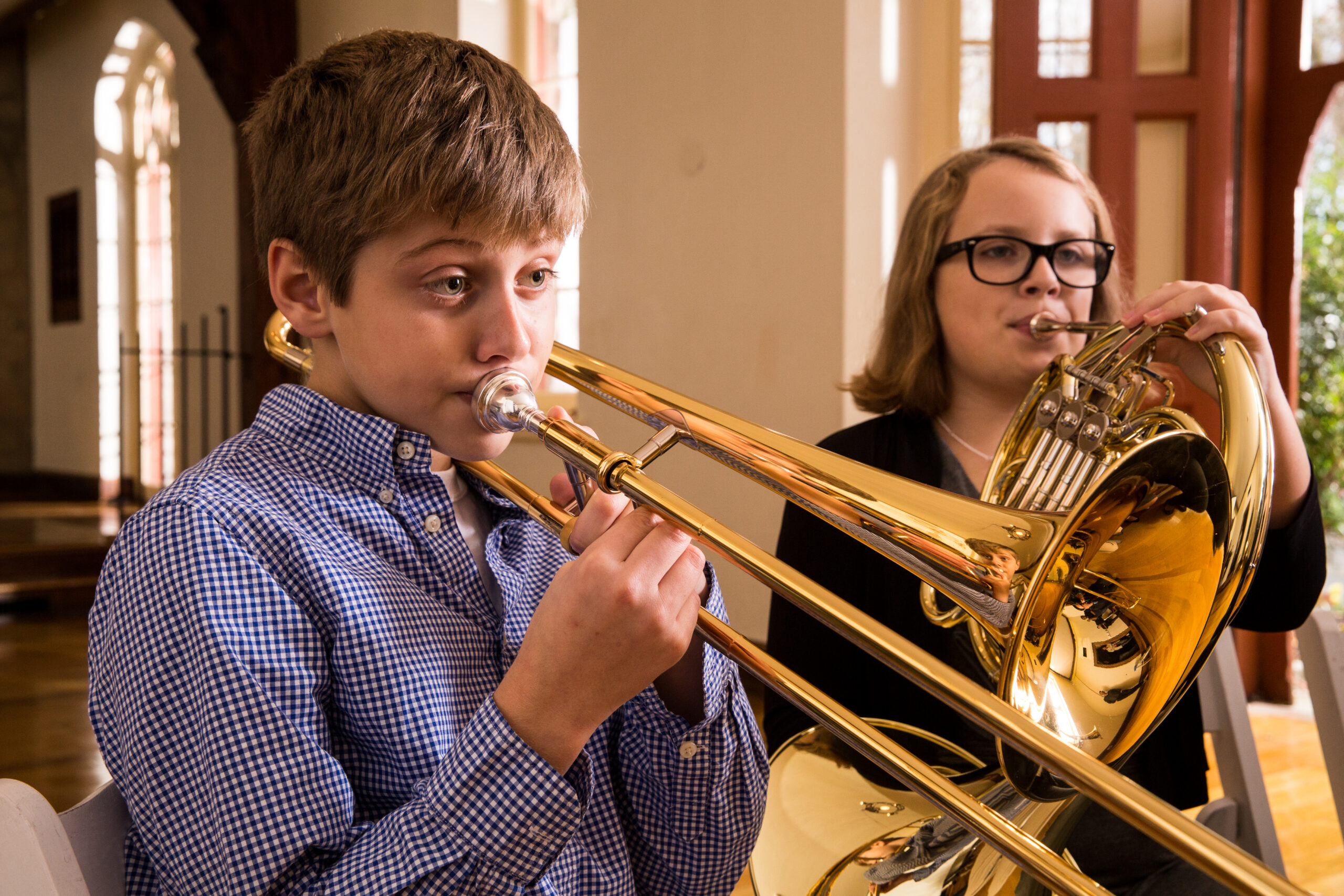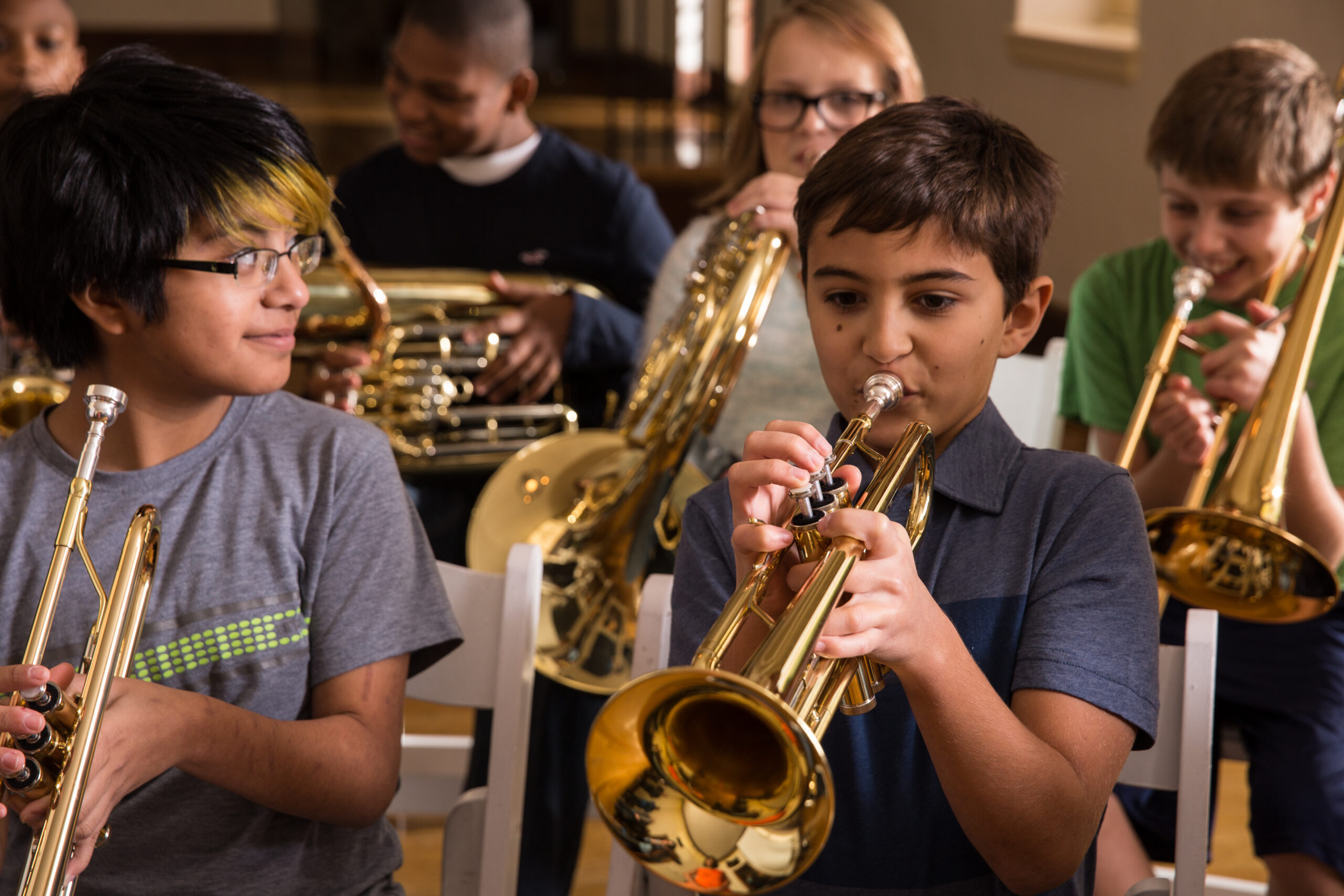July 29, 2015
Want to Learn How to Read Trombone Music? Try These Five Steps


If you want to know how to read trombone music, you’ll need to learn about the musical alphabet, the staff, bass clef, musical notes, and time signatures. These elements are crucial for learning how to read trombone sheet music. Plus, most of the core principles of reading trombone music will apply to other instruments as well. When you learn how to read trombone music, you’ll have a rewarding experience that lasts a lifetime.
The word “trombone” comes from the Italian word for trumpet, tromba, with the suffix -one meaning “big” or “large.” In other words, “trombone” means “big trumpet.” But this unique brass instrument differs from a trumpet in more ways than just its size. Although a trombone produces sound when the player’s lips “vibrate” against the mouthpiece (or embouchure) and push air through the metal tubing, trombones don’t use valve buttons to create notes. Instead, the trombone player uses a sliding mechanism to extend or contract the instrument’s tubing.
However, despite this unusual technique, learning how to read trombone music isn’t more difficult than reading music for any other instrument. With hard work and dedication, you’ll be reading trombone music in no time! Just follow these 5 steps:
- Step 1: The Musical Alphabet
- Step 2: The Staff
- Step 3: Bass Clef
- Step 4: Musical Notes
- Step 5: Time Signatures
How to Read Trombone Music: 5 Steps
Step 1: The Musical Alphabet
First, to learn how to read trombone music, you’ll need to learn the musical alphabet. Every language has its own alphabet and music is no different. The musical alphabet uses the letters A through G. These letters are assigned to specific tones created by the instrument, otherwise known as notes. For instance, when a player sees a “D” written on the sheet music, this tells them to play the note associated with D.
From A up to G, the musical alphabet represents a pattern of notes known as a scale. Within this scale, there are also types of notes known as sharps and flats. A sharp is designated by a “#” symbol, while a flat looks like a “b.” Sharps and flats are sort of like “in between” notes.
Step 2: The Staff
When you’re learning to read sheet music, you will also be taught about the musical staff. This refers to the lines on a sheet of written music. A musical staff has five lines and four spaces in between the lines. Note symbols are placed on a line or in a space, and this specific placement indicates which note is meant to be played.
As you take trombone lessons, you’ll learn how to read music on a staff. Starting from the bottom and ascending upwards, the notes begin at A and move up to G, creating a scale. The staff also gives you information about the composition such as the length of the song, rest periods where you’re counting beats without actually playing, and sections of the melody that may repeat.
Step 3: Bass Clef
Next, it’s time to learn about the bass clef. In written music, a “clef” is a symbol that appears at the beginning of a composition and provides information about which musical notes to play. There are several different types of clefs, but the most common are treble clef and bass clef. When you play the trombone, you will be using bass clef.
A bass clef looks a little bit like an ear, with a solid dot in the middle and two smaller dots in a colon shape on the opposite side of a curve. The solid dot will fall on a line or space within the staff. This indicates that whatever note appears on this line or space is F. By marking F in this location, the bass clef enables the player to understand where the other musical notes fall on the staff.
Step 4: Musical Notes
After you’ve learned about the musical alphabet, staff, and bass clef, the next step in how to read trombone music is to learn about musical notes. Musical notes refer to specific symbols that indicate which tone to play, such as an A note or C note, and how fast or slow to play it.
There are many different kinds of musical notes, represented by different visual symbols. There are whole notes, half notes, quarter notes, eighth notes, sixteenth notes, and so on. As the name suggests, musical notes also tell the player information about the rhythm of a melody. This relates to the concept of time signatures, which we’ll discuss in the next step.
Step 5: Time Signatures
Finally, it’s time to learn about time signatures. In sheet music, time signatures are depicted as two numbers stacked on top of each other at the beginning of the staff, next to the clef. The bottom number tells the player how long to hold each note. The top number, meanwhile, indicates how many beats are in each measure of the staff.
To understand this concept, consider the common time signature 4/4. When a piece is written in 4/4 time, this means that there are four quarter notes, two half notes, or one whole note in each measure. Time signatures may seem complicated at first, but this concept becomes easier to understand as you go. And you’ll quickly see why so many music students are also great at math!
Learn How to Read Trombone Music at Music and Arts
If you’re interested in learning to read trombone music or music for any other instrument, consider private lessons from Music and Arts. Call now or email to find private trombone instructors near you.







